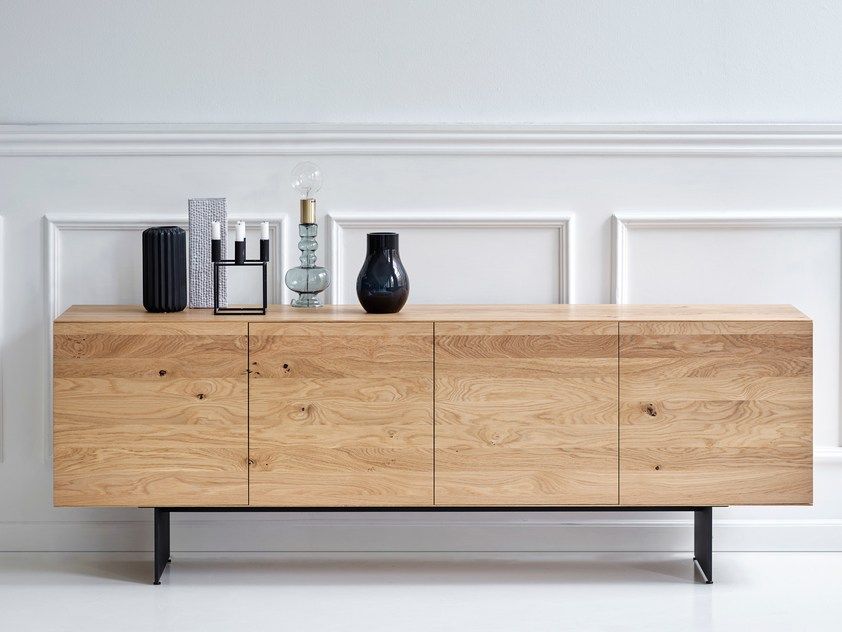When it comes to furnishing your dining or living area, the terms sideboard and buffets are often used interchangeably. However, while these pieces of furniture share many similarities, they also have distinct characteristics that set them apart. Understanding these differences can help you choose the right piece for your home’s style and function.
What is a Sideboard?
A sideboard is a long, low piece of furniture typically placed in a dining room or hallway. Traditionally, sideboards feature short legs—or sometimes no legs at all—creating a sleek, grounded appearance. They often come with cabinets and drawers, providing ample storage for items like table linens, dishes, or decorative pieces.
Sideboards are versatile and are increasingly used in living rooms and entryways to hold everything from books to media equipment.
What is a Buffet?
A buffet, while very similar to a sideboard, is usually associated more directly with dining and entertaining. Buffets are typically taller and sit on higher legs, making them ideal for serving food. You’ll often find them in dining rooms, used during gatherings to display or serve meals, desserts, or drinks.
They, too, offer storage options, but their taller stature and function as a serving station is what primarily distinguishes them.
Sideboards vs. Buffets: What’s the Difference?
So, sideboards vs. buffets: what’s the difference in real-world application? The main distinctions lie in their height, usage, and placement:
- Height: Buffets tend to be taller than sideboards, making them better suited for serving.
- Function: Sideboards are more commonly used for storage or display, while buffets are used during meals to serve food.
- Room Placement: Buffets are mostly found in dining rooms, whereas sideboards are used more flexibly throughout the home.
While manufacturers and retailers sometimes use the terms interchangeably, understanding these subtle differences can help guide your purchase.
Choosing the Right Piece for Your Space
When deciding between a sideboard and a buffet, consider how you’ll use the piece. If your primary need is dining room functionality and serving space, a buffet may be the better fit. If you’re looking for stylish storage with broader placement options, a sideboard offers greater versatility.
Conclusion
In the debate of Sideboards vs. Buffets: What’s the Difference?, it’s clear that while both serve similar purposes, their distinctions matter depending on your space and needs. Whether you choose a sideboard for a modern hallway or a buffet for your elegant dining room, both pieces bring beauty and practicality to your home.

